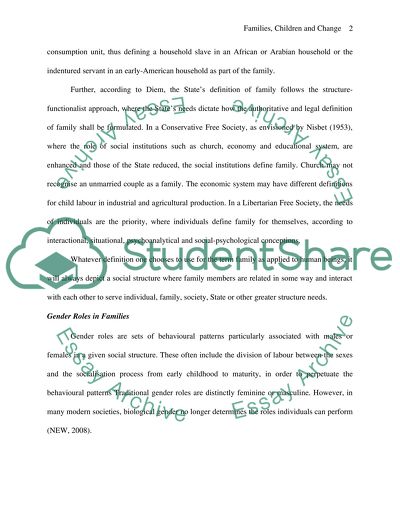Cite this document
(Families: What Are They Essay Example | Topics and Well Written Essays - 1750 words, n.d.)
Families: What Are They Essay Example | Topics and Well Written Essays - 1750 words. https://studentshare.org/family-consumer-science/1549584-family
Families: What Are They Essay Example | Topics and Well Written Essays - 1750 words. https://studentshare.org/family-consumer-science/1549584-family
(Families: What Are They Essay Example | Topics and Well Written Essays - 1750 Words)
Families: What Are They Essay Example | Topics and Well Written Essays - 1750 Words. https://studentshare.org/family-consumer-science/1549584-family.
Families: What Are They Essay Example | Topics and Well Written Essays - 1750 Words. https://studentshare.org/family-consumer-science/1549584-family.
“Families: What Are They Essay Example | Topics and Well Written Essays - 1750 Words”. https://studentshare.org/family-consumer-science/1549584-family.


